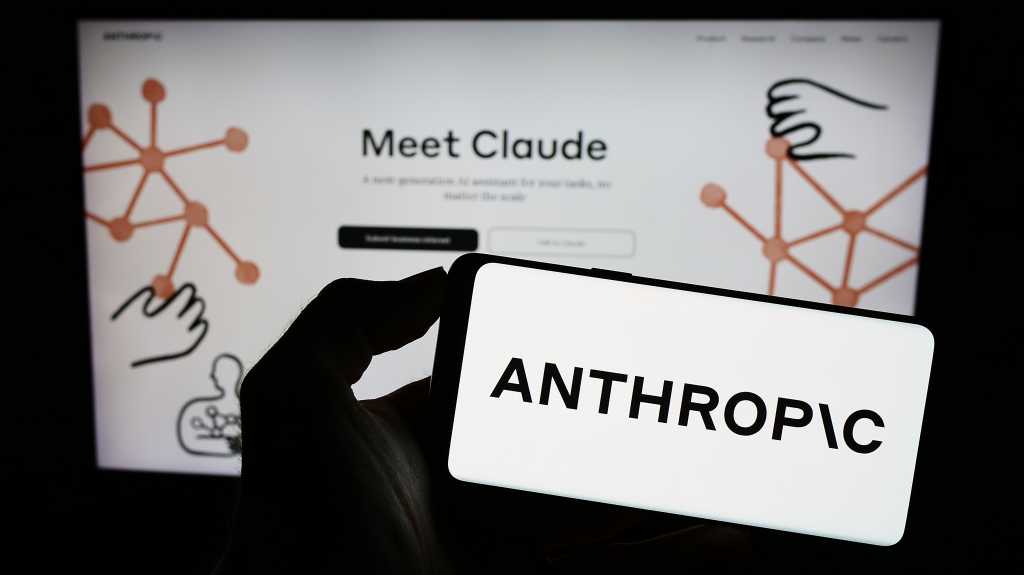
Attack vectors and real-world risk
The vulnerability can be exploited through multiple entry points, the blog post added. “Malicious actors could embed prompt injection payloads in documents shared for analysis, websites users ask Claude to summarize, or data accessed through Model Context Protocol (MCP) servers and Google Drive integrations,” the blog added.
Organizations using Claude for sensitive tasks — such as analyzing confidential documents, processing customer data, or accessing internal knowledge bases — face particular risk. The attack leaves minimal traces, as the exfiltration occurs through legitimate API calls that blend with normal Claude operations.
For enterprises, mitigation options remain limited. Users can disable network access entirely or manually configure allow-lists for specific domains, though this significantly reduces Claude’s functionality. Anthropic recommends monitoring Claude’s actions and manually stopping execution if suspicious behavior is detected — an approach Rehberger characterizes as “living dangerously.”


